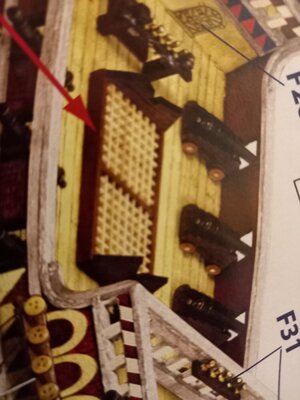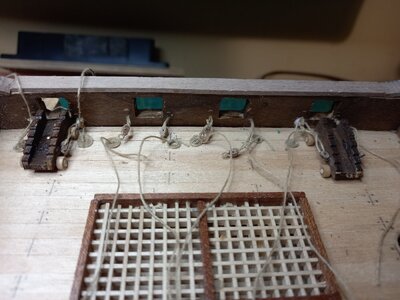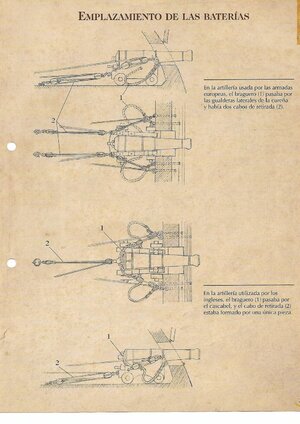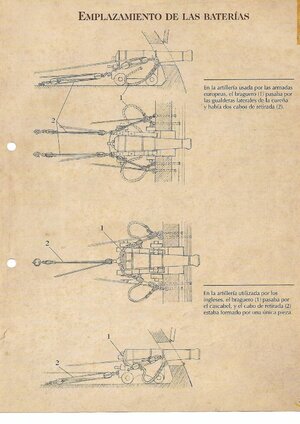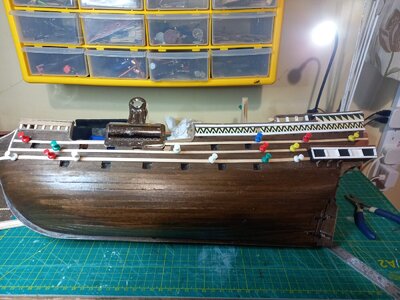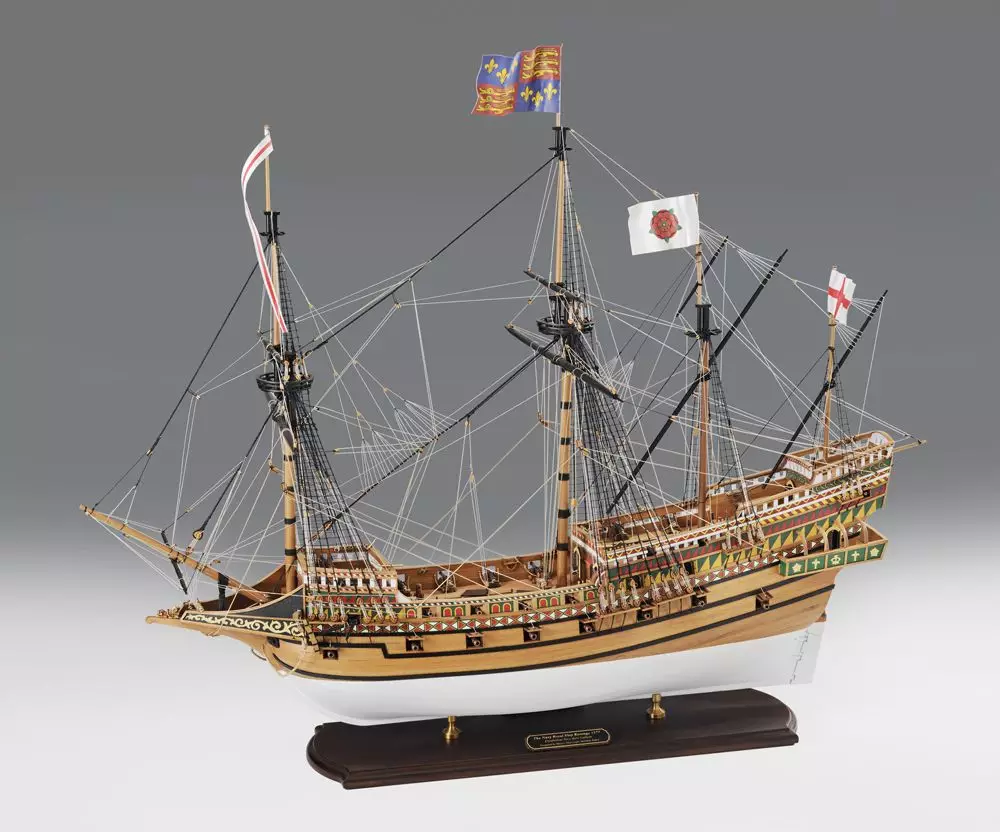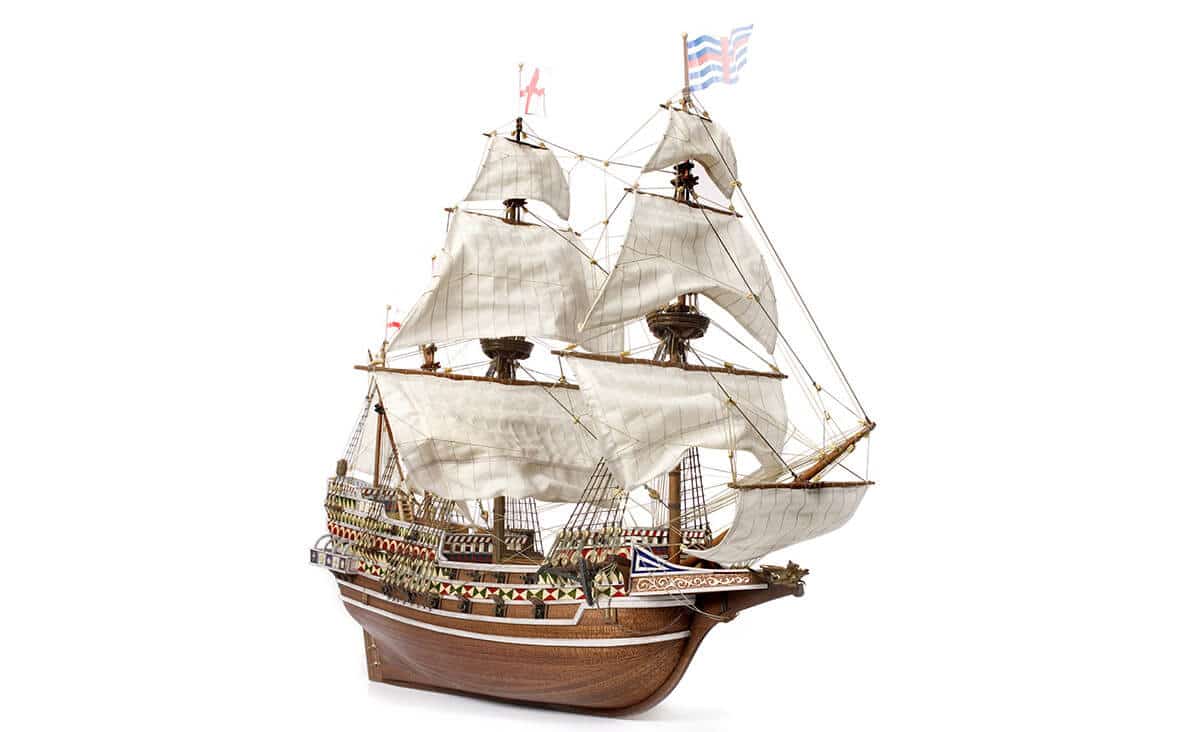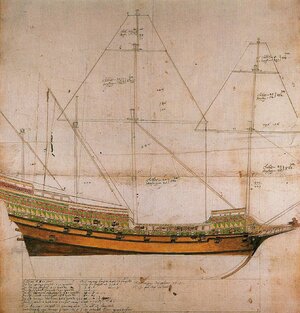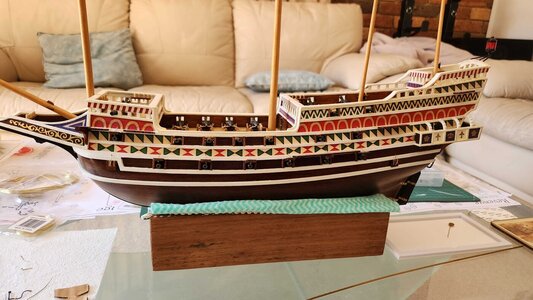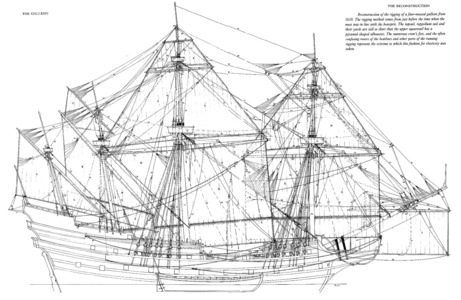If I were you, John, I'd remove that first set of planks and place blocks of balsa in the bow and shape them by sanding before you begin planking. As you bend unsupported planked in a sharp curve from the side to the stem, the edges of the planks will often be grossly misaligned. They may be so misaligned that you'll sand right through the hull before the stepped edges disappear. That will really ruin your day.
Also, the planks will assume a hard bend and they pass around Frame #1. That frame will be visible as a vertical bend in the hull. Your hull will look like it has a triangular nosecone instead of one, smooth curve to the stem. WIthout support, any frame that planks curve sharply over will stand out like the ribs on a skeleton after planking and sanding is finished, and you'll have to try disguising that later with many passes of wood filler and sanding. And THAT is a major pain the ass (oh sorry.. Arse! - King's English!). Ask me how I know. I would save you that torment.
Take the time to make filler blocks, and your bow will be glass smooth with little sanding. You'd think by now that all kit instructions would include this basic and important technique. If you want a smooth hull, back the planking in strongly curved areas with balsa blocks. When glued to the blocks as well as the frame edges, the plank edges will be almost perfectly aligned because the curvature of each individual plank will be the same.
In the example below, the entire hull bottom was fill-blocked and shaped. NOT NECESSARY, but filling the heavily double curved bow area is a must. The OcCre Revenge has ZERO support there, and no two planks will bend the same when you try to bend them to the frames. On the sides you can get away with having less support, but not on the bow.
Invest the time to do it this way. You'll thank me later.


And sorry about the lecture!
From this....
View attachment 340843
to this . . .
View attachment 340846
Required filler to flat spots is MINIMAL.
View attachment 340847
After planking and sanding. Smooth curves!
View attachment 340848




